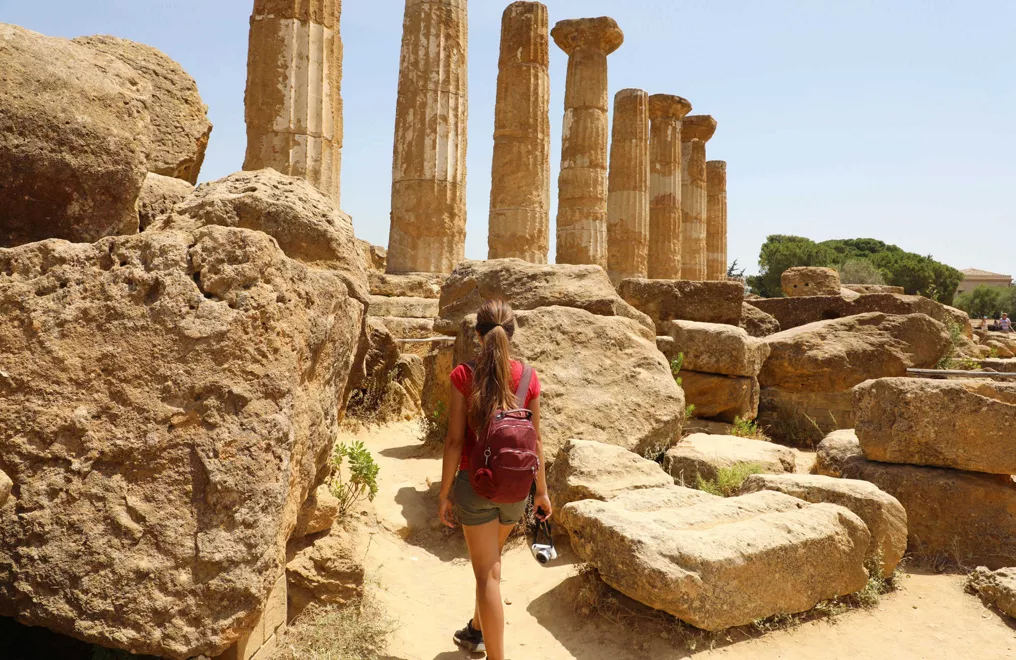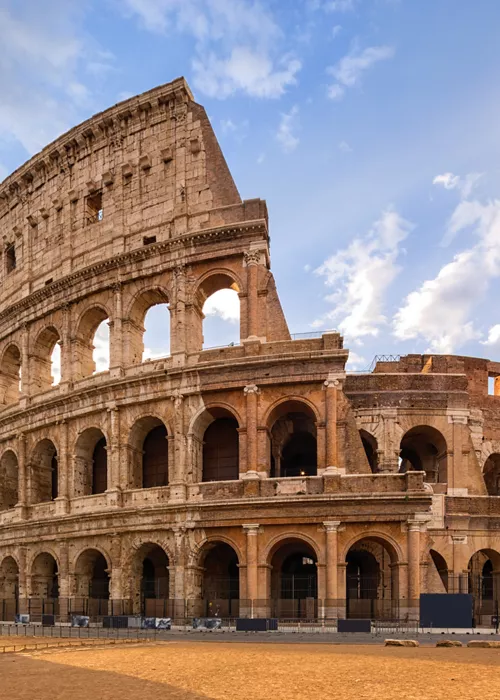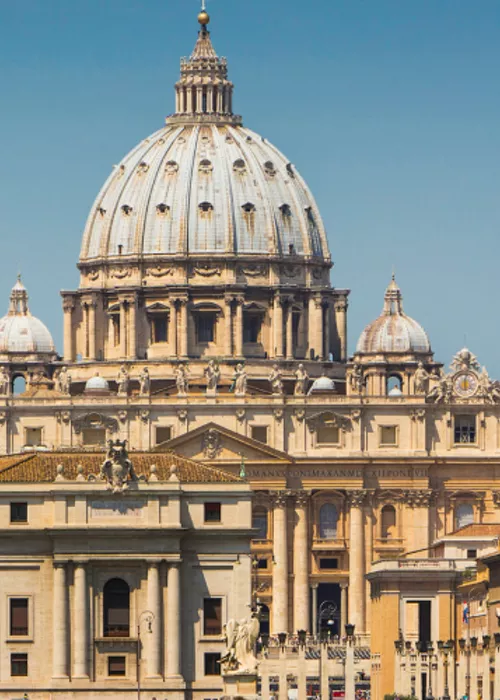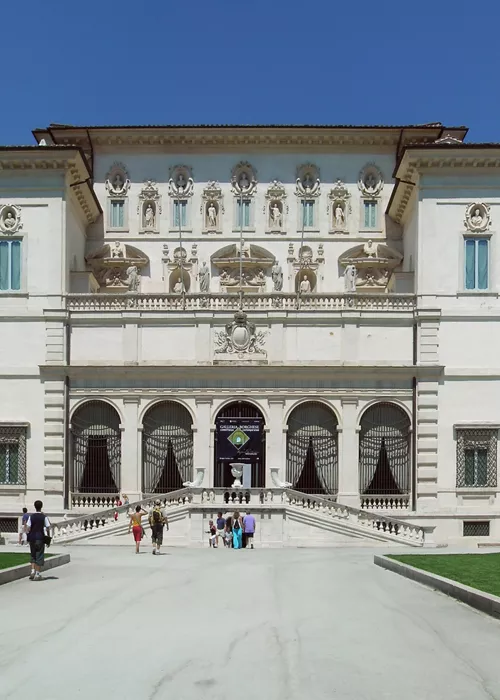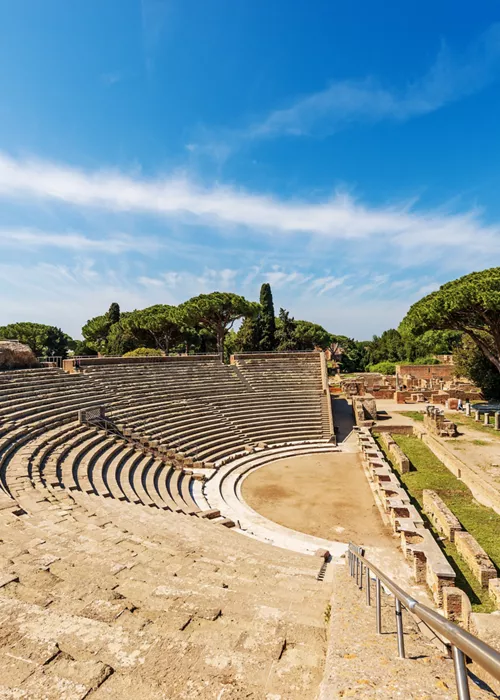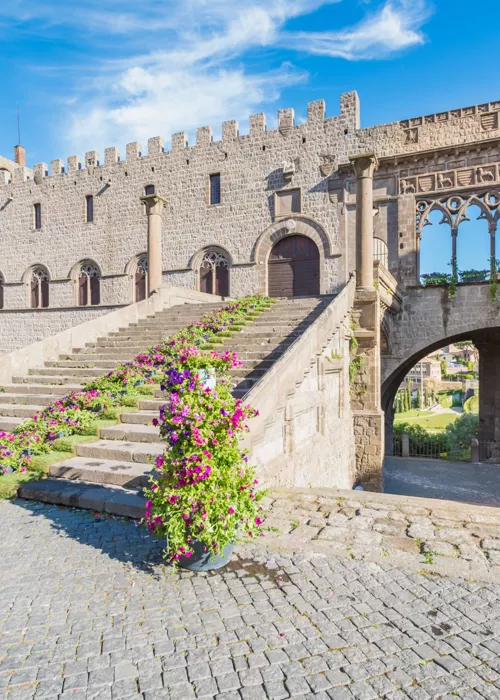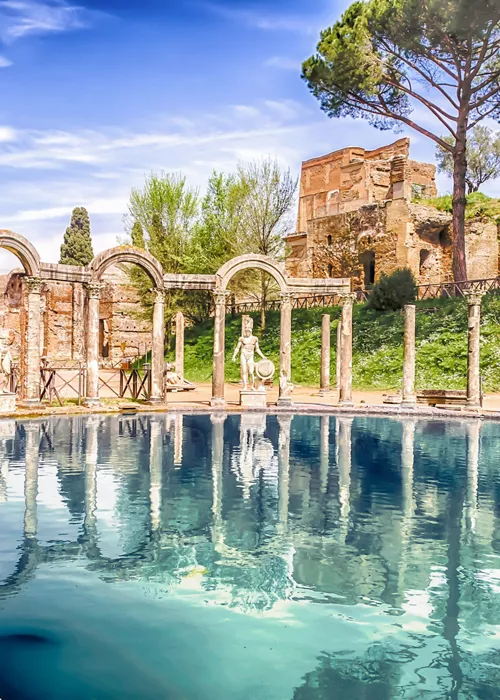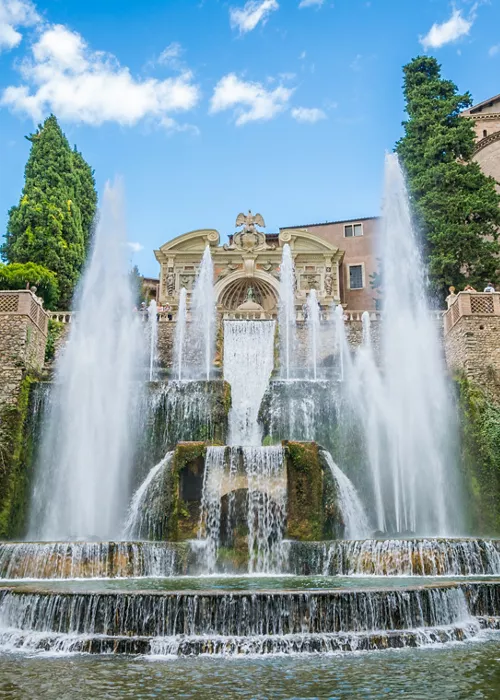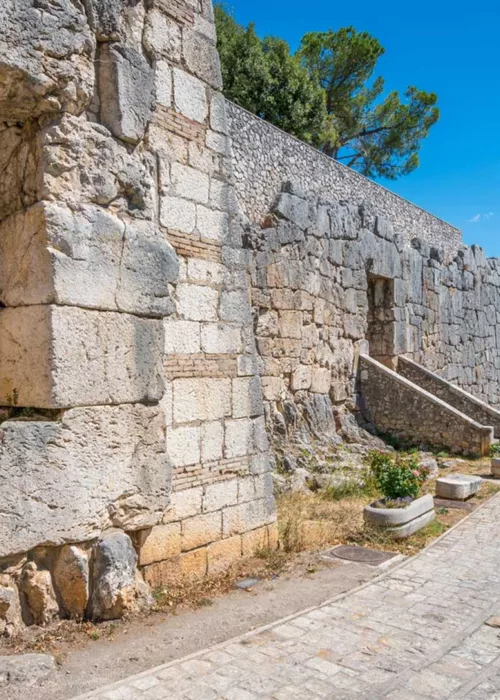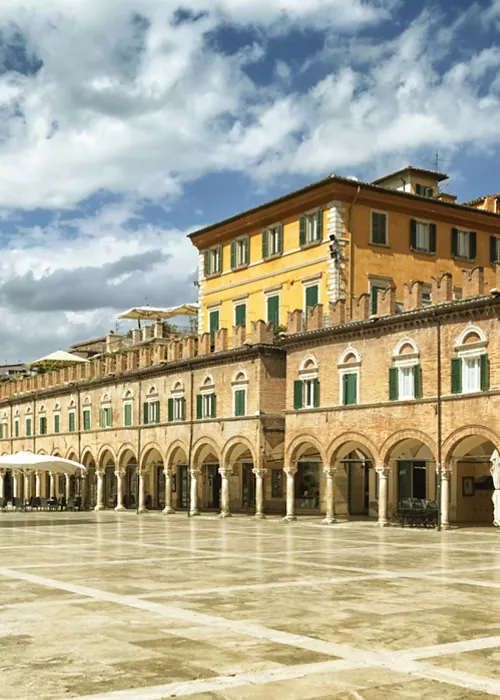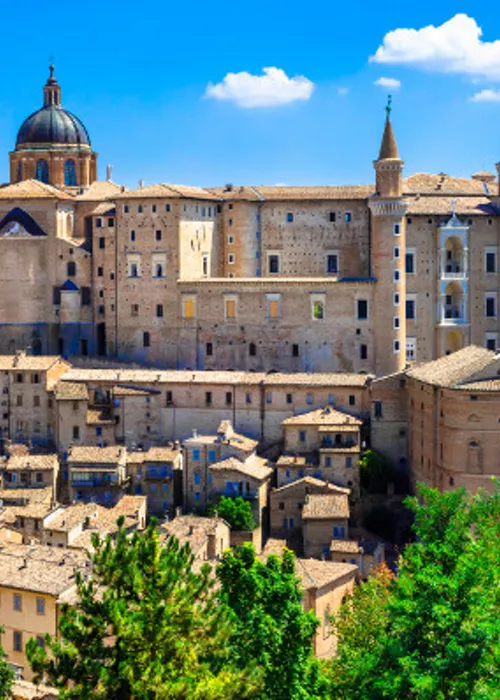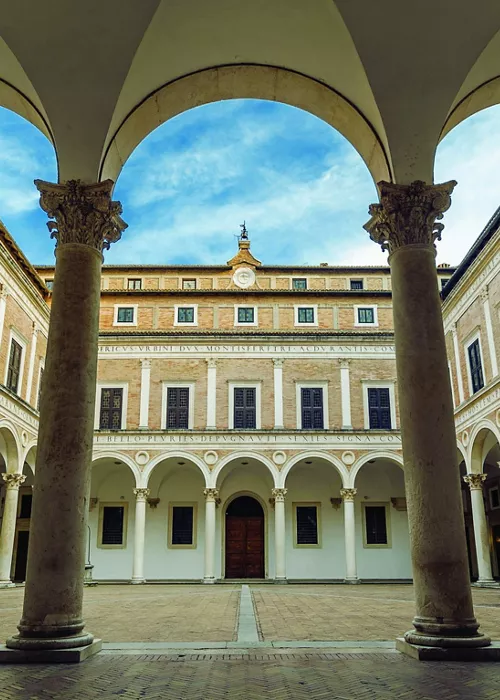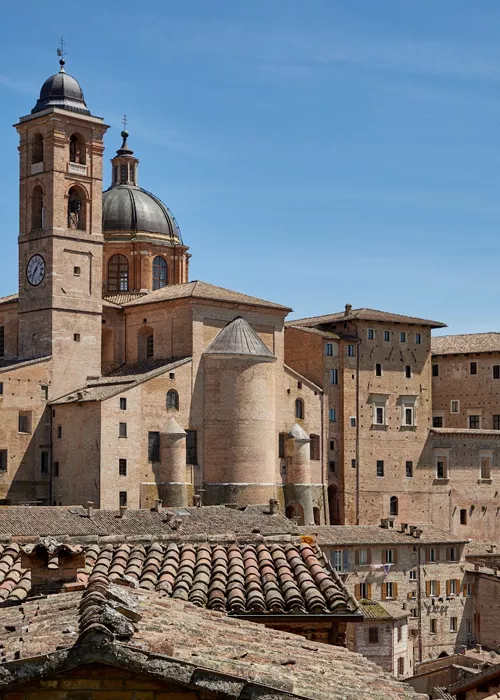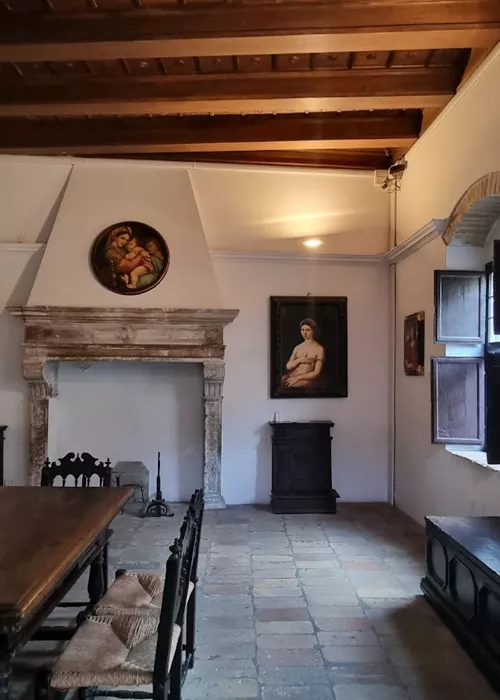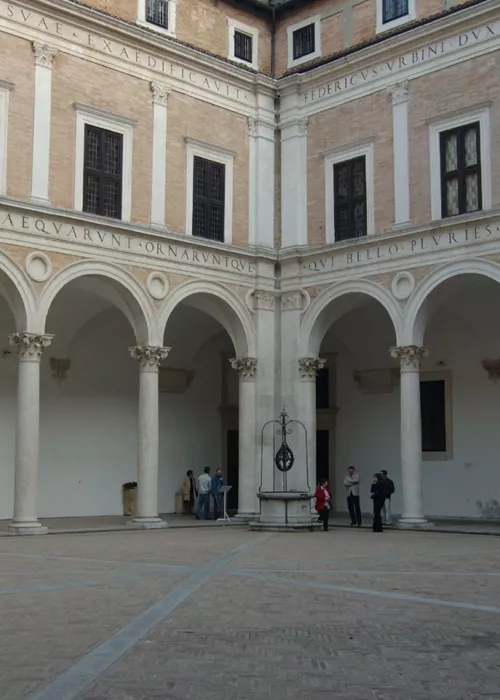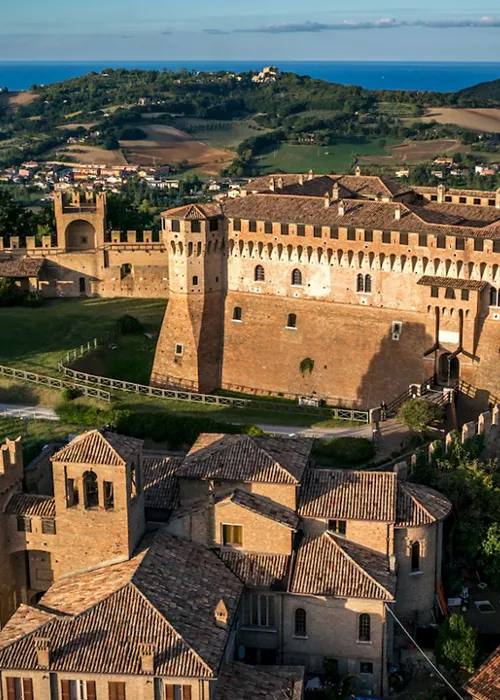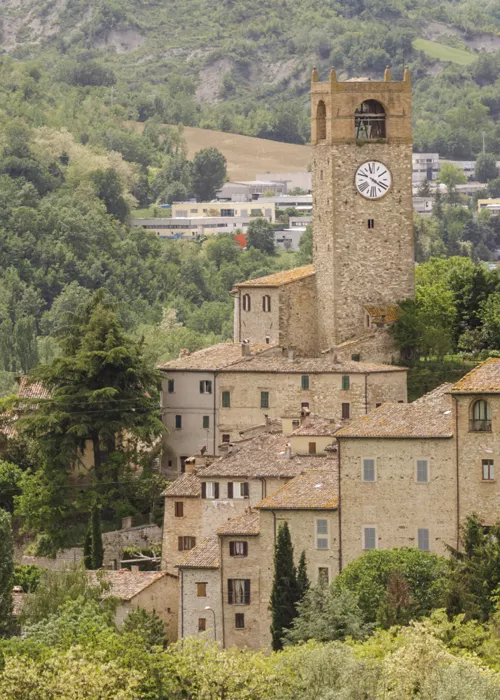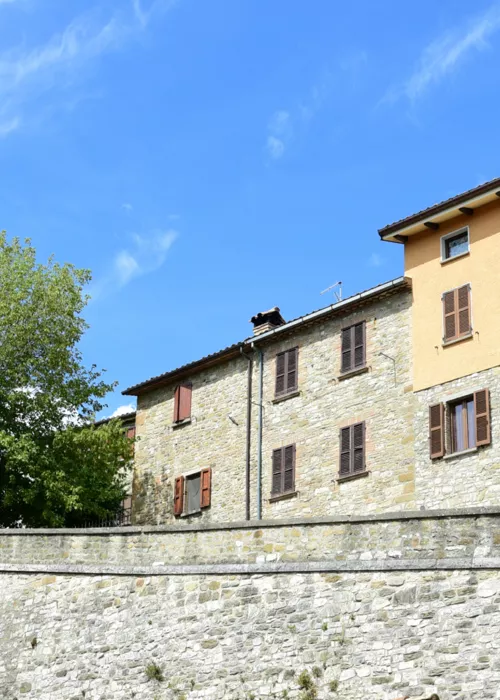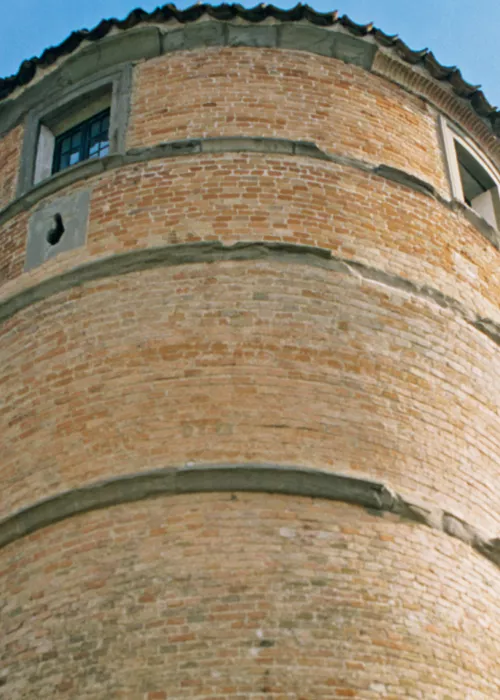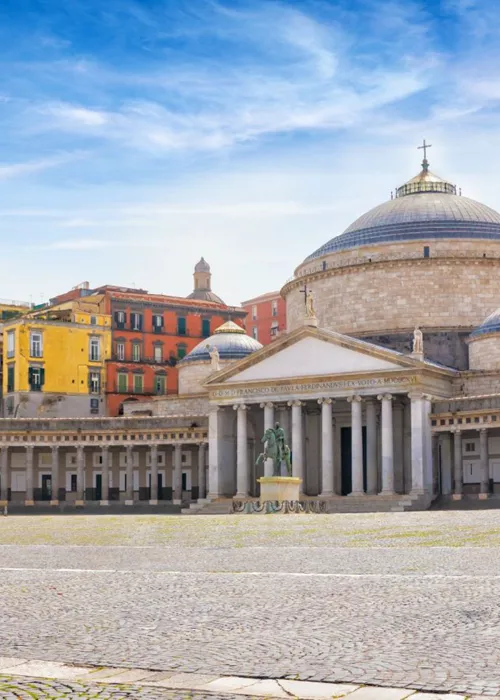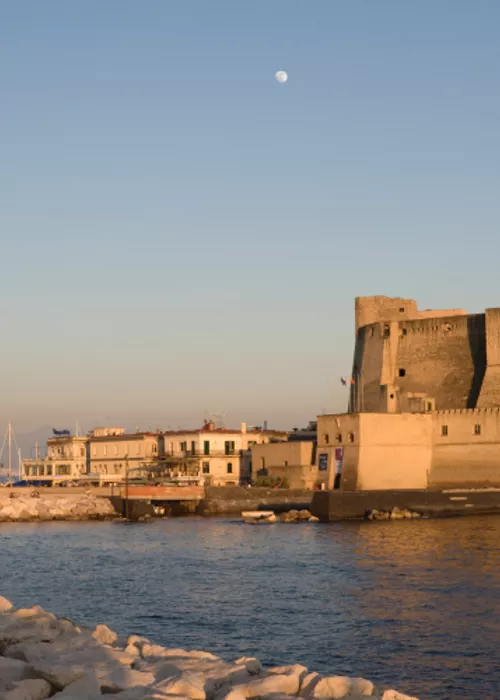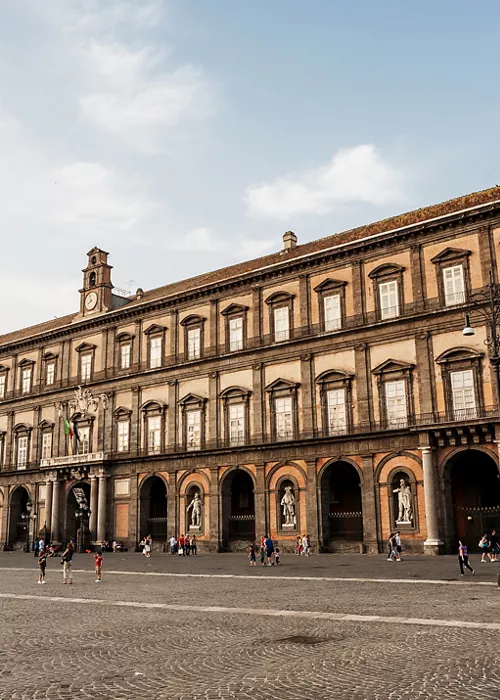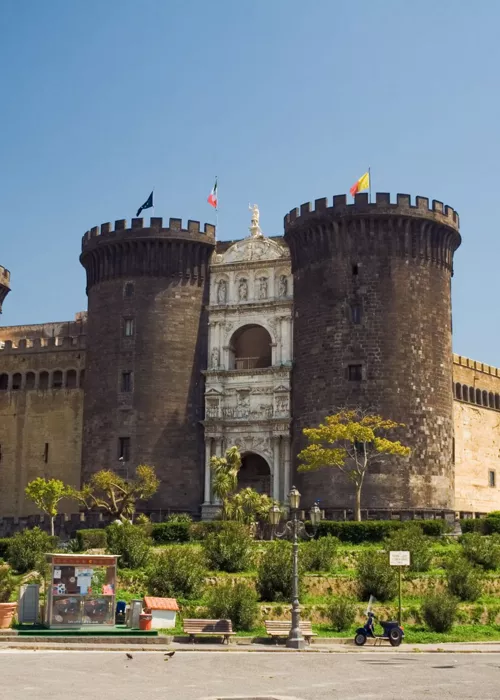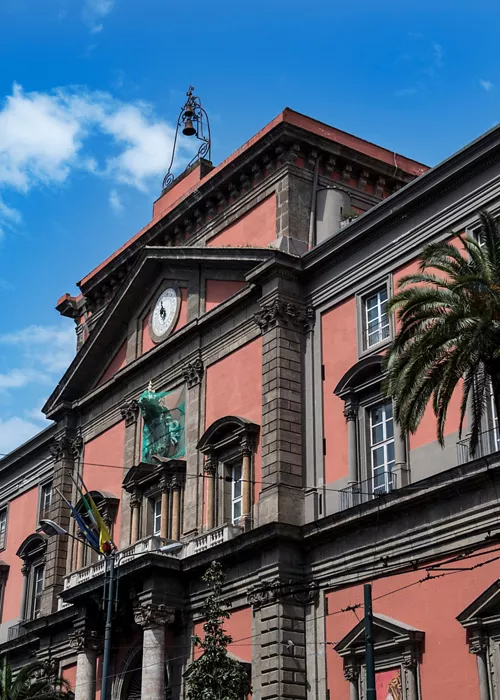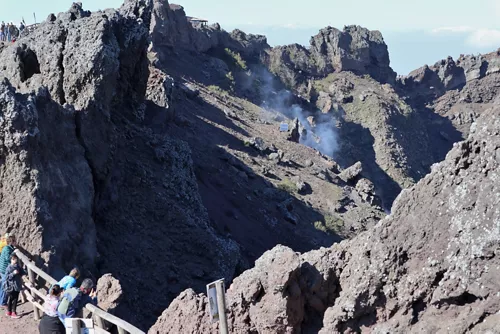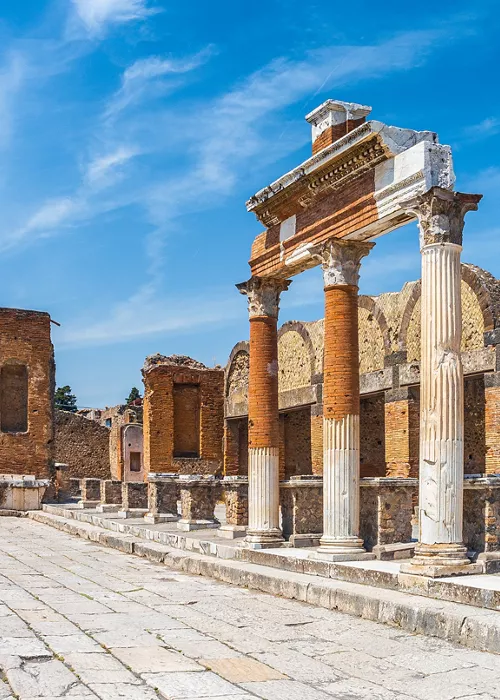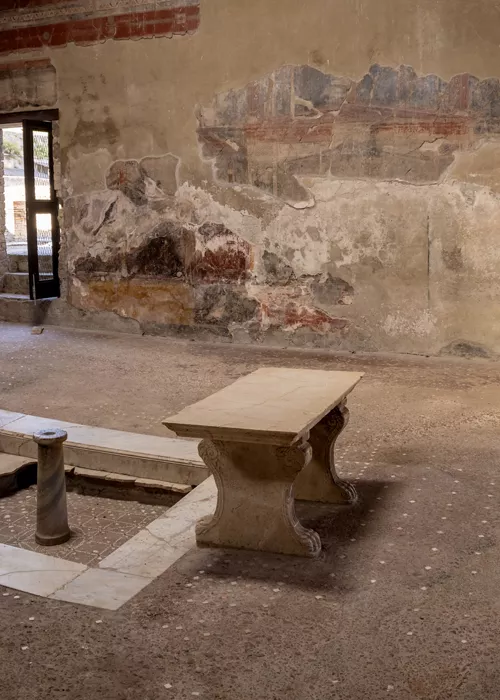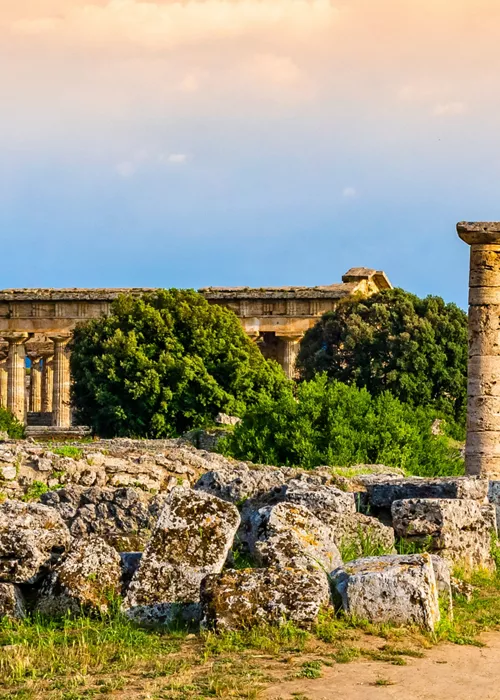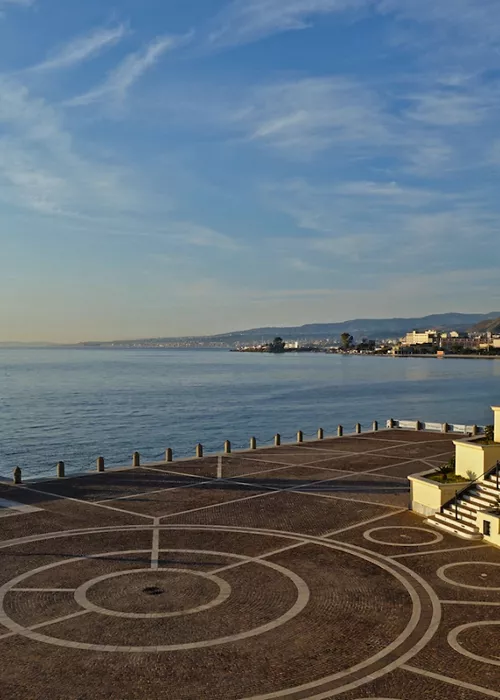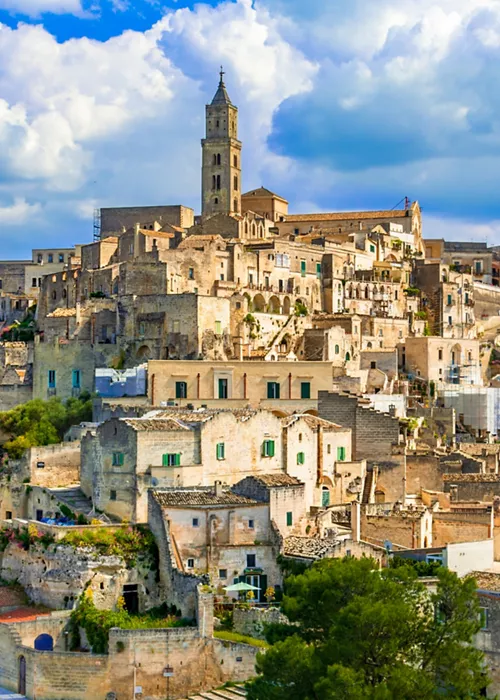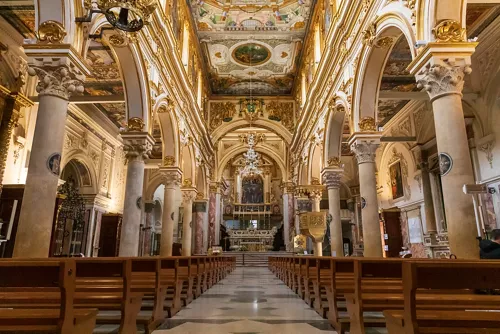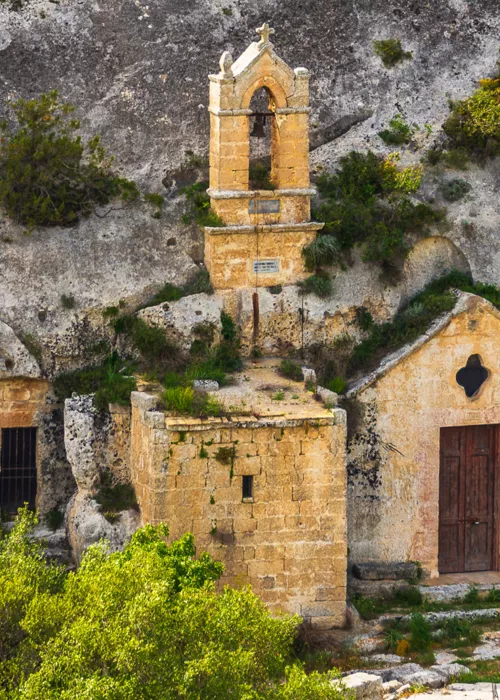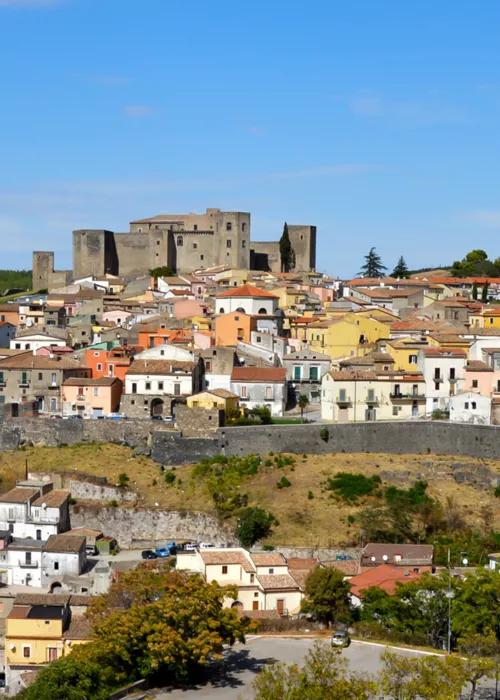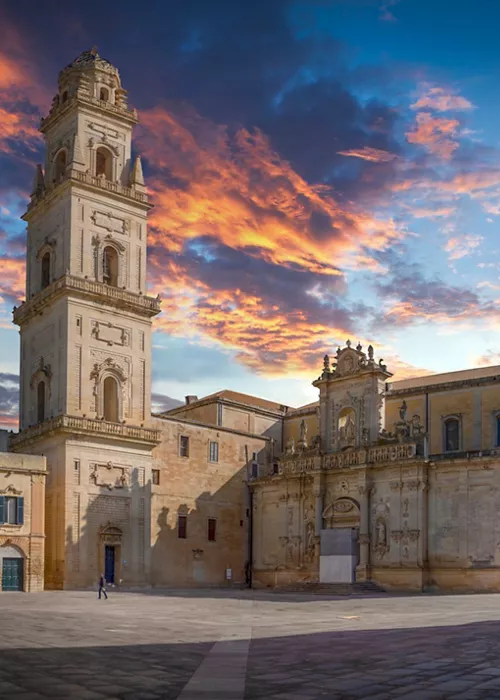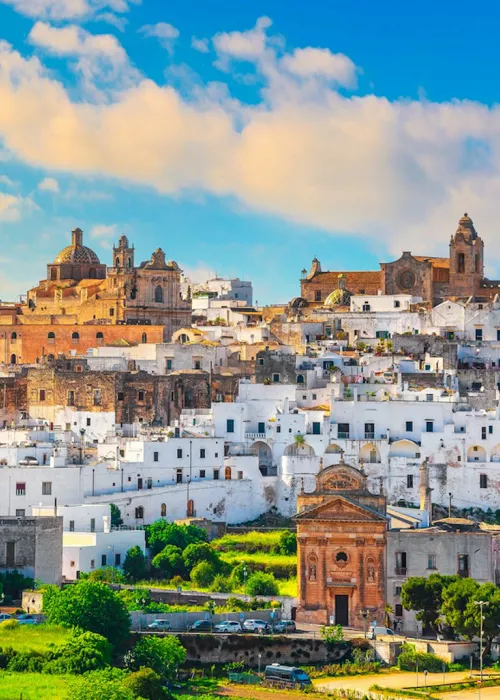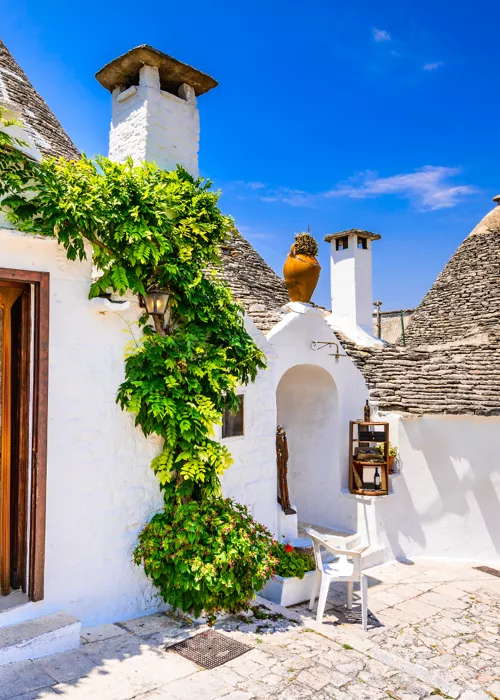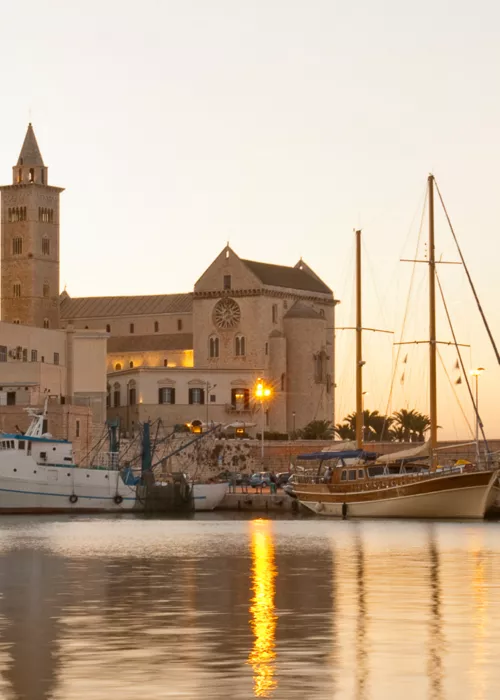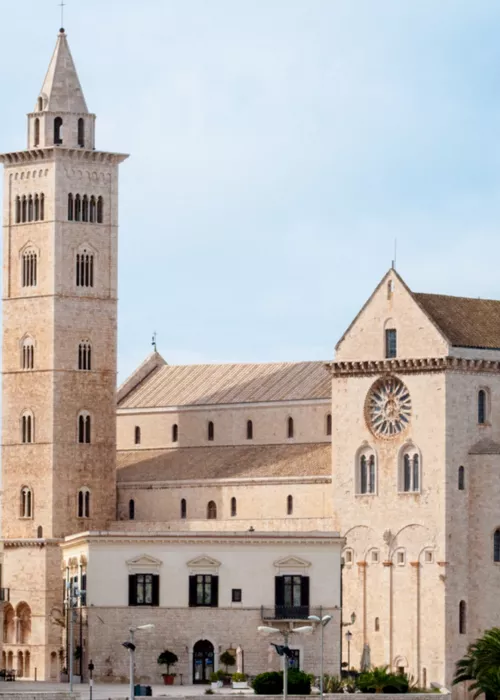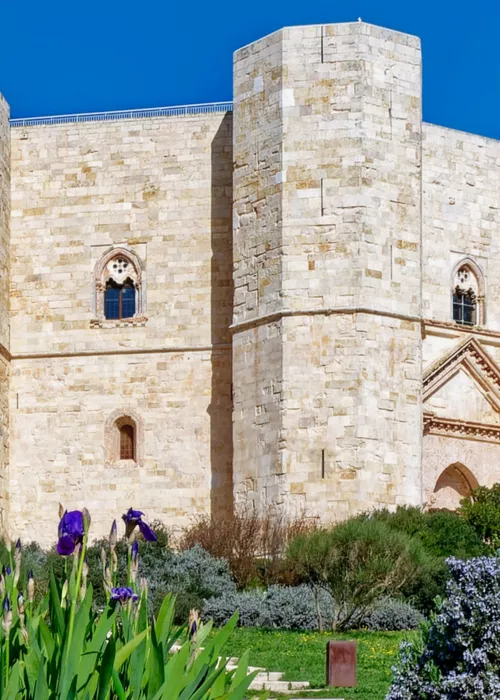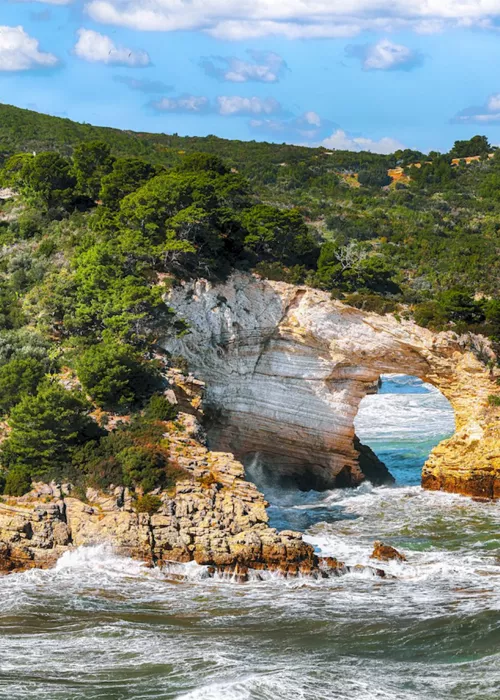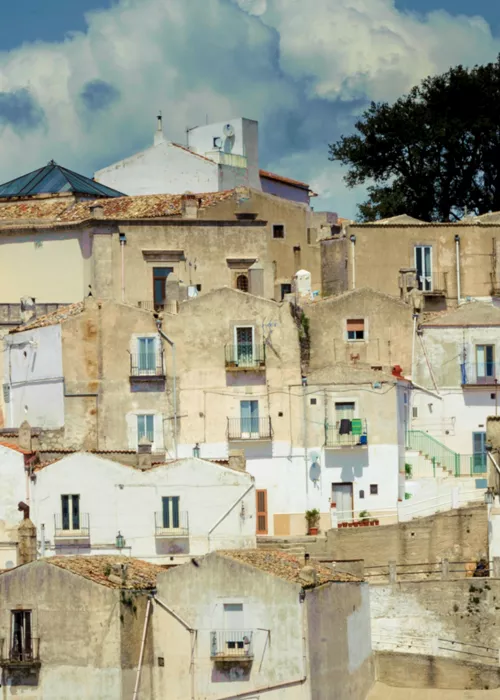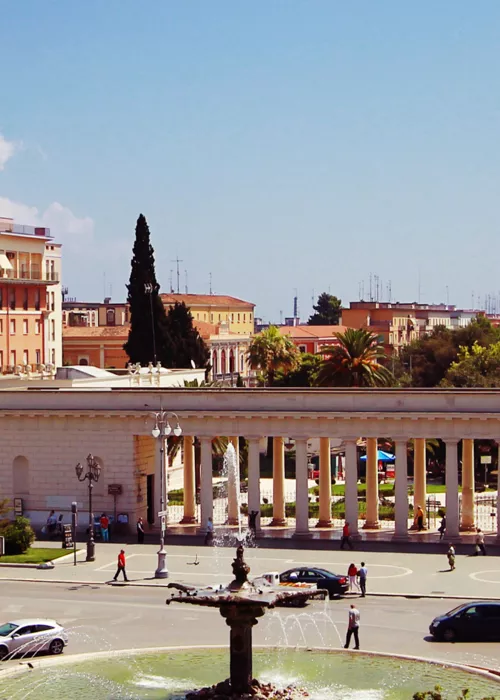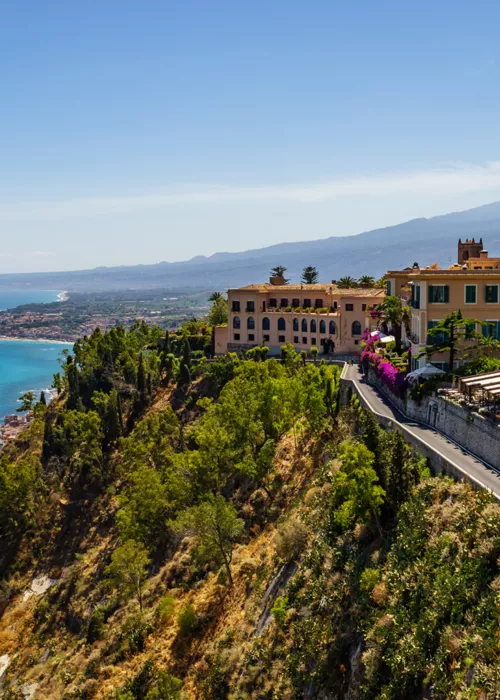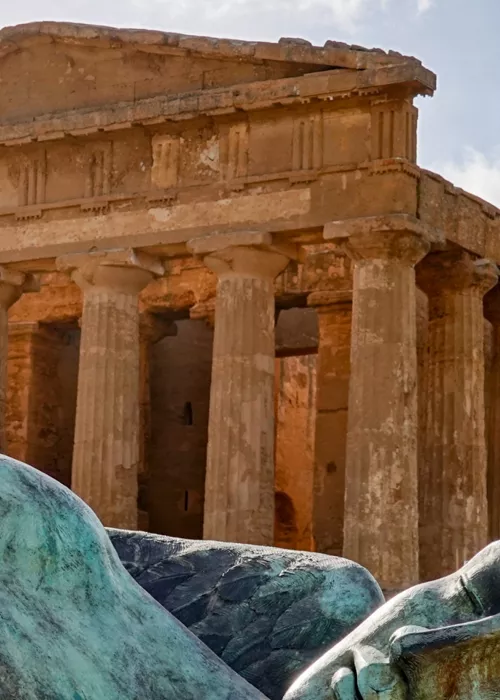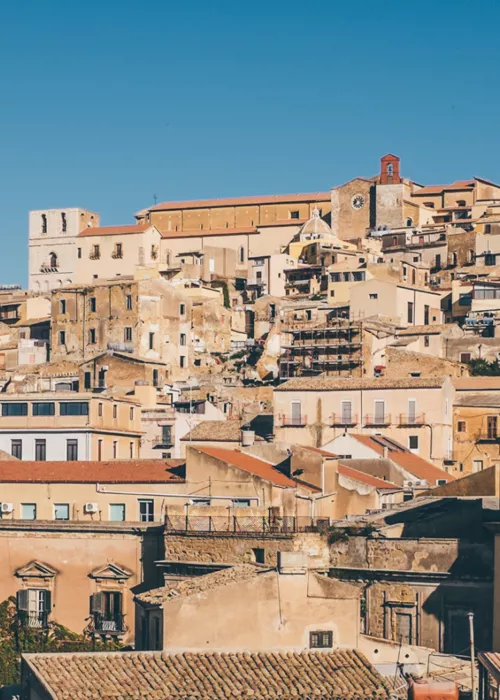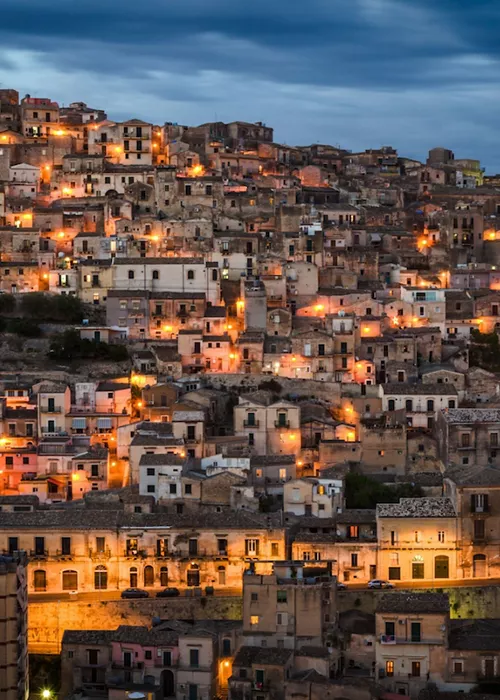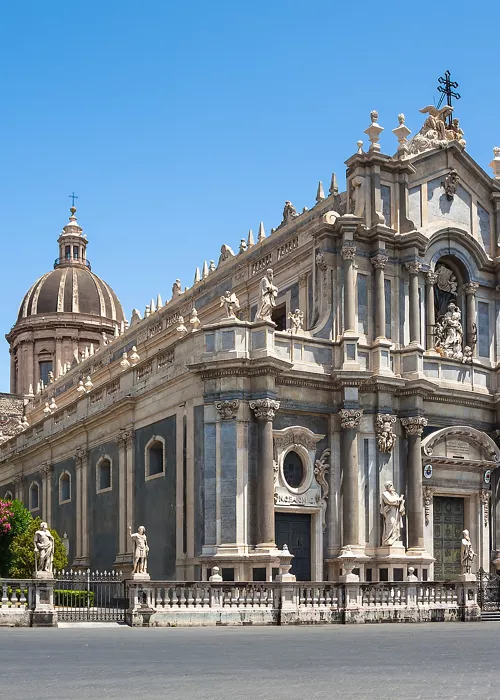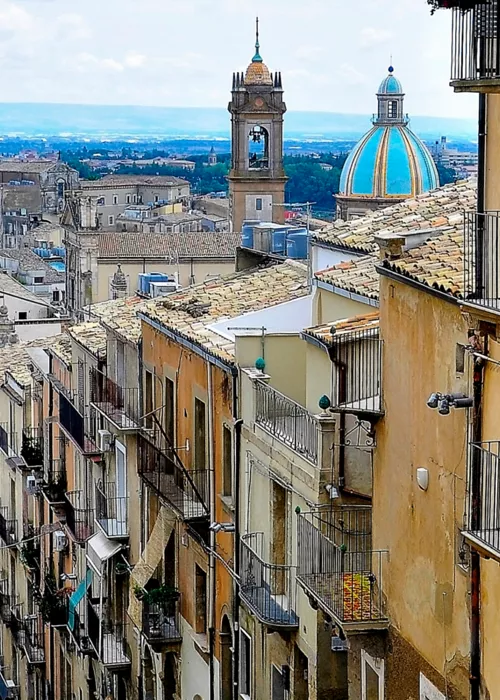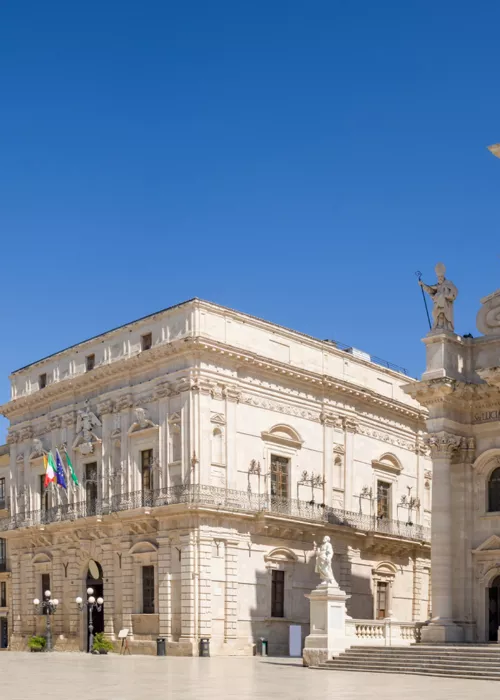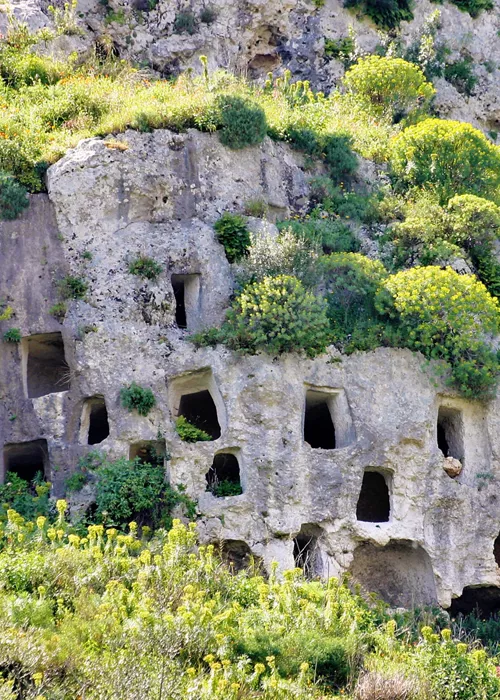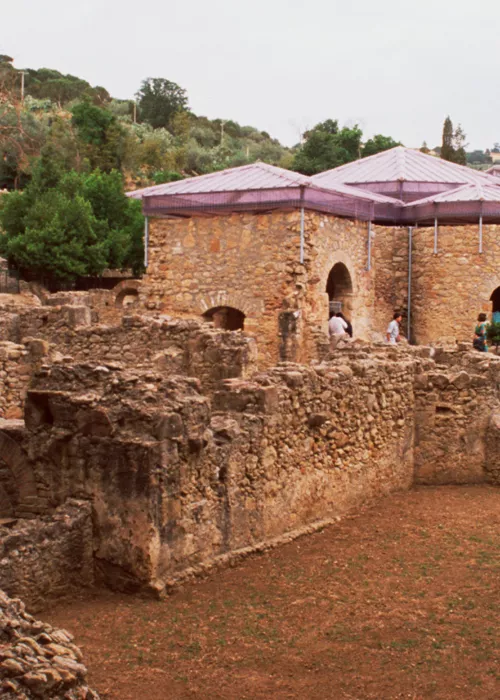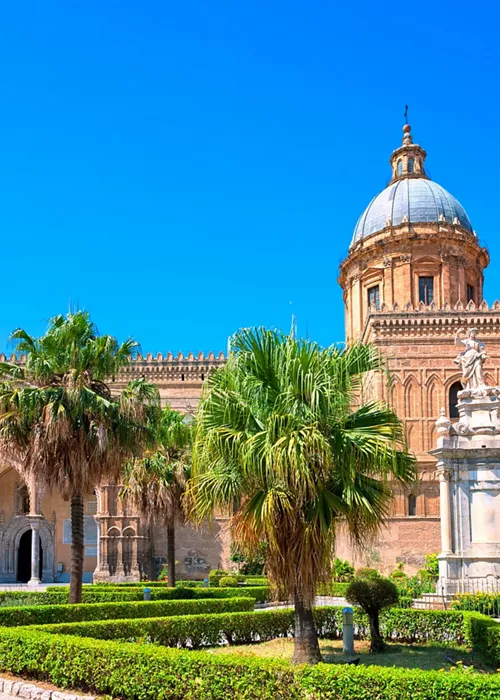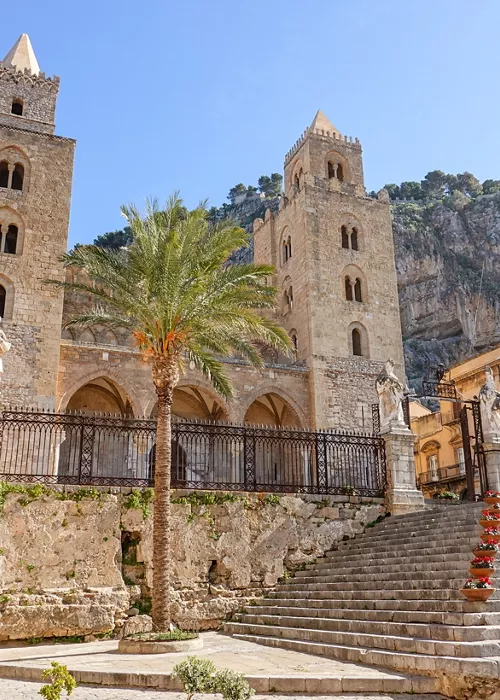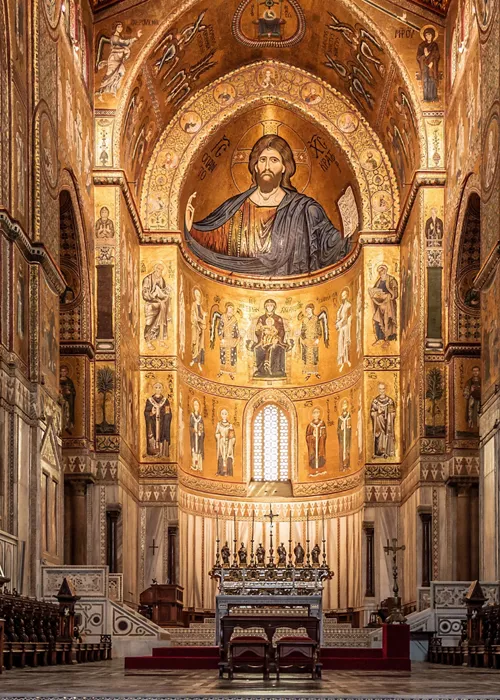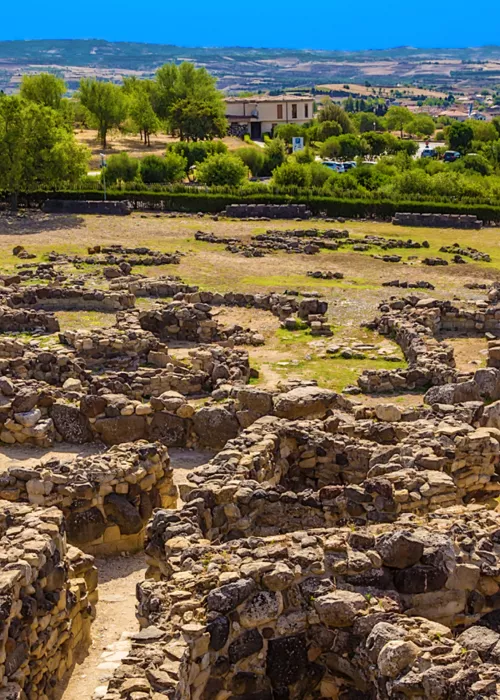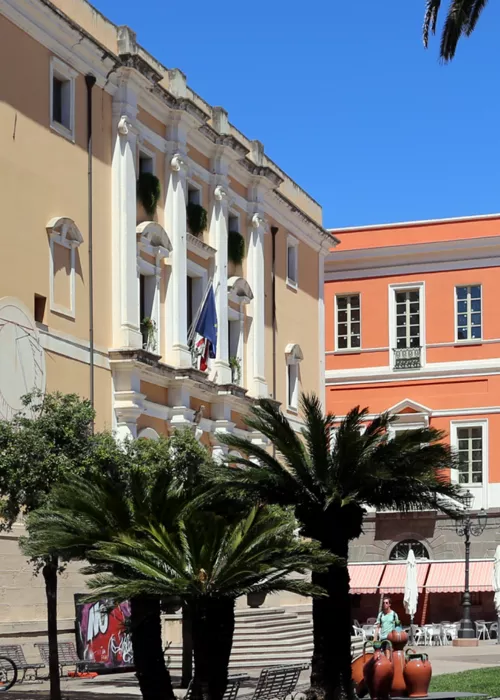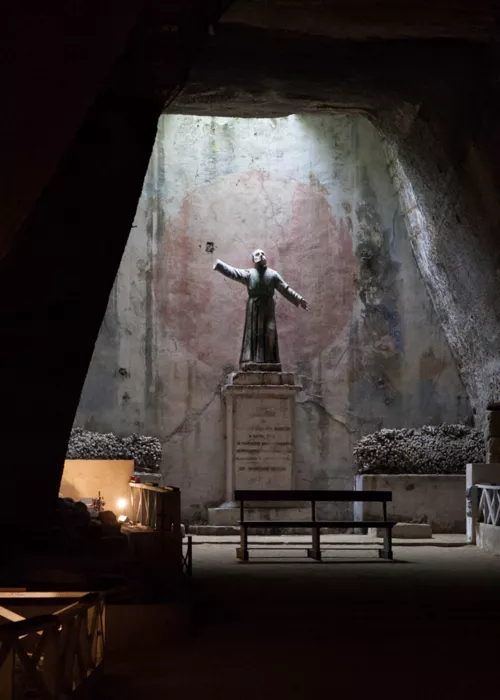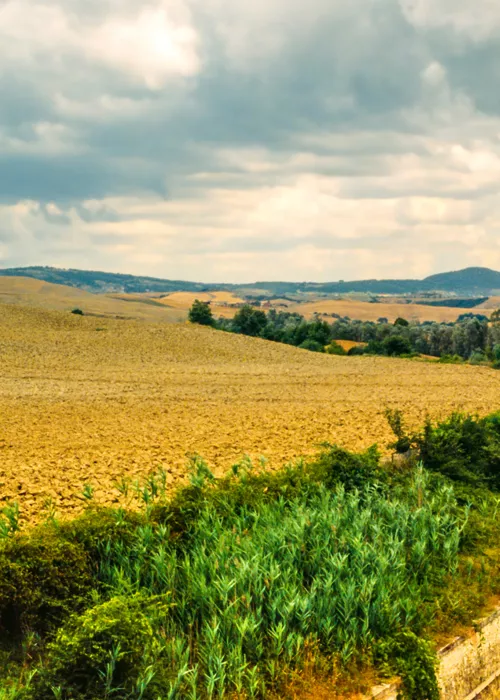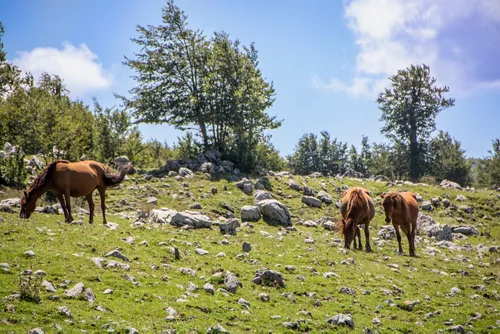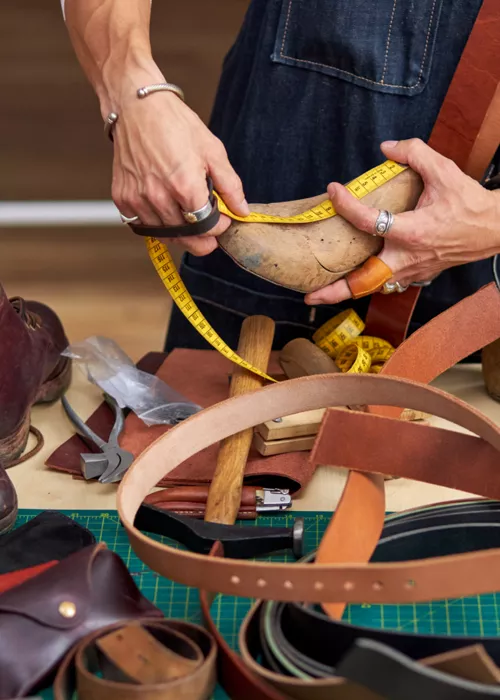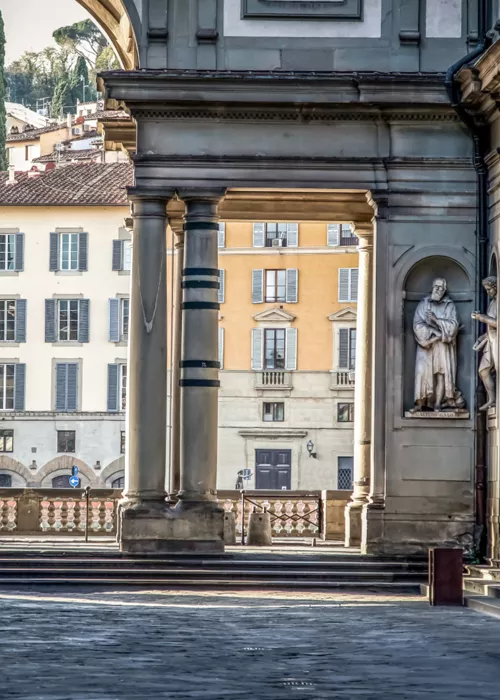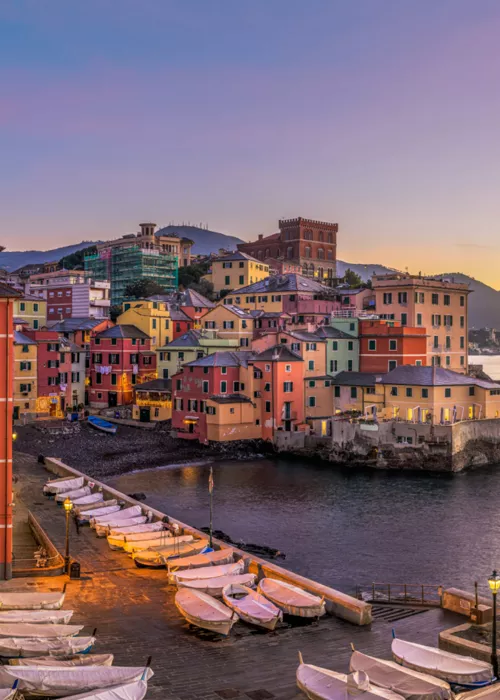Cultural Grand Tour in central-southern Italy
5 minutes
Rome
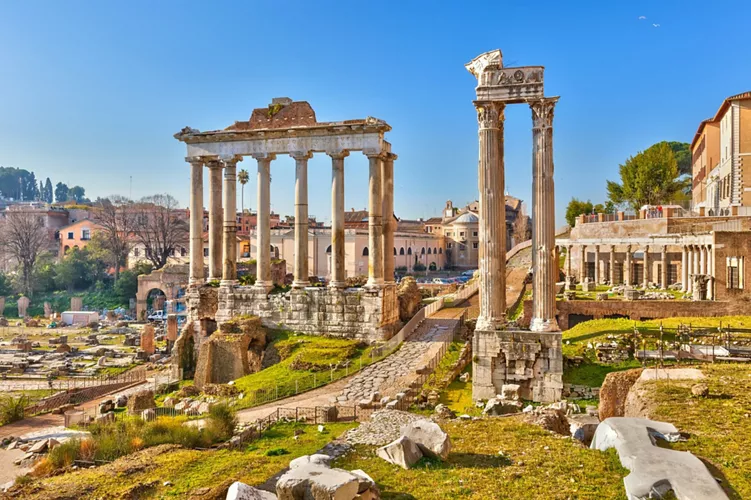
The beating heart of one of the oldest civilizations, first in the world for number of landmarks, the Eternal City certainly needs no introduction: the reason why it is worth visiting are just endless. The whole historical center, rich with archaeological sites, churches, historic buildings and extraordinary museums (first of all the Vatican Museums, the Capitoline Museums and Galleria Borghese) is UNESCO World Heritage site. Other important cultural spots are a short distance away: for example the Archaeological Park of Ostia Antica, Viterbo, the “city of the popes”, the imperial residence of Villa Adriana and the amazing Villa D’Este, a Renaissance masterpiece, in Tivoli, both UNESCO World Heritage sites together with the Etruscan necropolises of Cerveteri and Tarquinia.
Marche
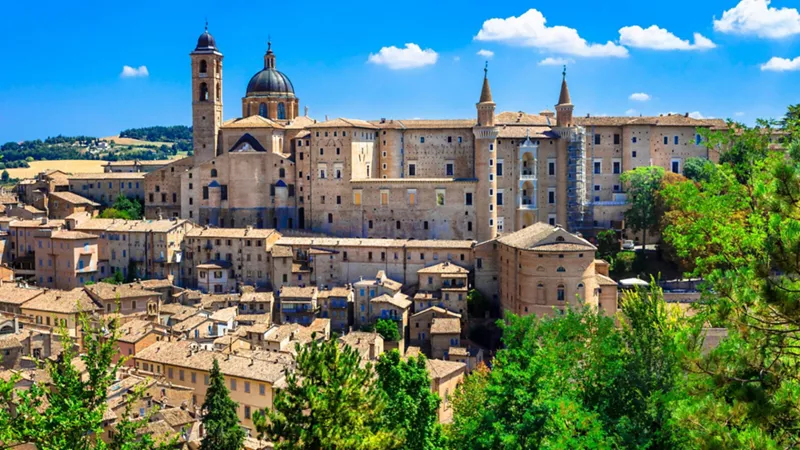
Going north we reach the Marche region, to have a stop in Ascoli Piceno, the “City of one hundred towers”, with its wonderful historical center built in travertine and then up till Urbino, one of the most important Renaissance cities, Unesco Heritage since 1998: here are the Ducal Palace, built by Federico da Montefeltro, the Cathedral, the Oratory of St John the Baptist but also Raphael’s House and the Marche National gallery, with fine works of Raphael, Piero della Francesca and Titian. In the surroundings of Urbino are Gradara, Macerata Feltria and Frontino, all three members of “Italy’s most beautiful villages” association, Urbania, in the Metauro area, with its elegant Ducal Palace and the many churches, and the Rocca Ubaldinesca in Sassocorvaro, of the renaissance period.
Naples
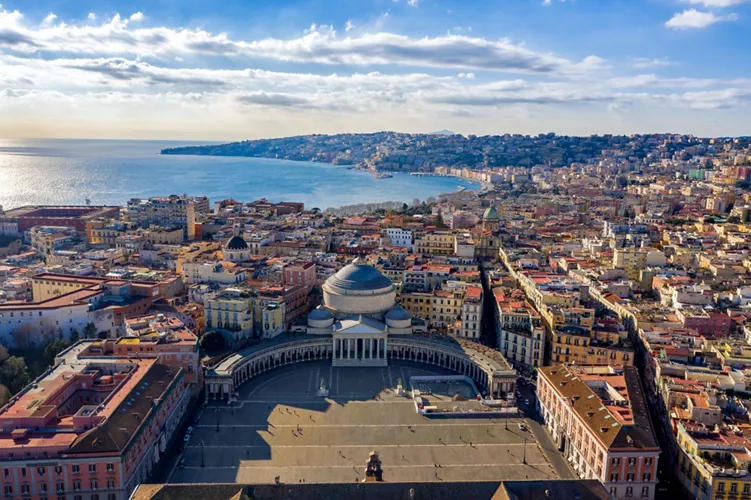
Since the dawn of time one of the most important Mediterranean cities, a center of Magna Graecia, Renaissance humanism and European Enlightenment movement, Naples gained the recognition of UNESCO heritage site because of its extraordinary historical center full of monuments and historical evidence: some of the most famous include Castel dell'Ovo, the Cathedral, the Royal Palace, Maschio Angioino, the complex of Santa Chiara and the National Archaeological Museum. At the foot of the Vesuvius is one of the most magnificent archaeological parks – the Excavations of Pompeii, Herculaneum and Torre Annunziata – and a little further south the archeological site of Paestum, an ancient city of “Magna Graecia”; a little further north the Royal Palace of Caserta, UNESCO world heritage site with the majestic Aqueduct of Vanvitelli and the Belvedere di San Leucio.
Reggio Calabria
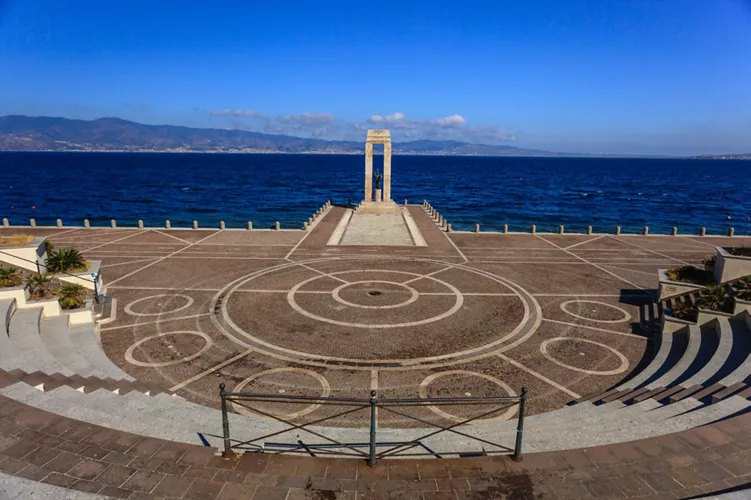
Located right on the tip of the boot, overlooking the Strait of Messina, Reggio Calabria boasts a very old history: it was indeed the first Greek colony in southern Italy. The city keeps valuable monuments as evidence of its millennial history, like the Aragonese Castle, the Cathedral, the ancient Chiesa degli Ottimati and the Art Nouveau villas on the waterfront. Anyway, the city’s top cultural attraction is the National Archaeological Museum, one of the most representative of Magna Graecia in Italy, housing the famous Riace Bronzes, counted among the most important sculpture masterpieces of Greek art.
Matera

Internationally renowned thanks to its picturesque “Sassi”, one of the oldest cities in the world, Matera is an extraordinary destination for beauty and culture. Its historical center is built on the heels of the Matera ravine that splits in two – Sasso Caveoso and Sasso Barisano – its territory. Among the monuments stand out the Cathedral, the Church of San Pietro Caveoso, the XVII-century buildings and the Castello Tramontano. The Sassi are UNESCO World heritage site together with the Rock Churches (about 150). Other stopovers of a cultural tour in the Basilicata region should include the suggestive Craco, nicknamed the “ghost town”, the Castle of Melfi, dating to the Norman period, and the Palatine Tables, the remains of a Greek temple in the archaeological area of Metapontum.
Puglia
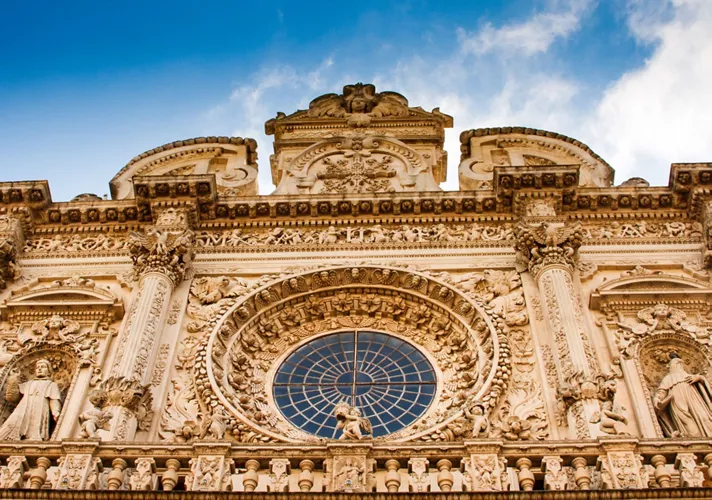
The Apulia region keeps an extraordinary chest of cultural treasures: starting from the jewel of Salento, Lecce, a wonderful art city well-known for its marvelous Baroque buildings. Going further north, a must-do stop is Ostuni, called the “white city” because of its characteristic whitewashed center, and the Itria Valley, where lies Alberobello with its typical trulli, protected by UNESCO; then Trani, famous for its Romanesque cathedral and the Swabian Castle, and nearby Andria with the impressive Castel del Monte, UNESCO World Heritage site, erected by Frederick II, Holy Roman Emperor. Eventually Gargano, for a visit to the Sanctuary of Monte Sant'Angelo, a valuable example of Lombard art in the province of Foggia.
Sicily
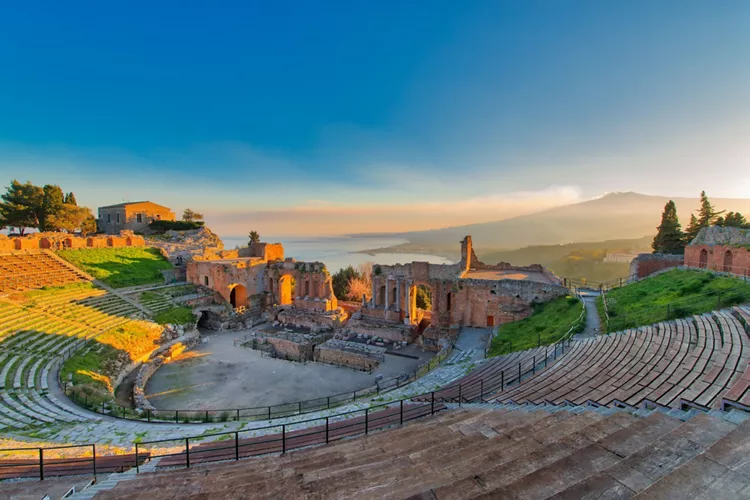
The entire region boasts a very rich heritage of historical and artistic treasures. An important stopover of the XVII-century Grand Tour was Taormina, with its churches, historical buildings and valued evidence of the Greek and Roman age, like the amazing Ancient theatre. Many locations in Sicily have gained the recognition of Unesco World Heritage sites: the Valley of the Temples in Agrigento, one of the world’s largest archaeological site with perfectly kept Doric temples of the Greek period; the late Baroque towns of the Val di Noto (among which Noto, Modica, Catania, Ragusa and Caltagirone); the center of Syracuse and the Rocky Necropolis of Pantalica; the Villa Romana del Casale in Piazza Armerina, and the Arab-Norman Palermo with the Cathedral Churches of Cefalù and Monreale.
Sardinia
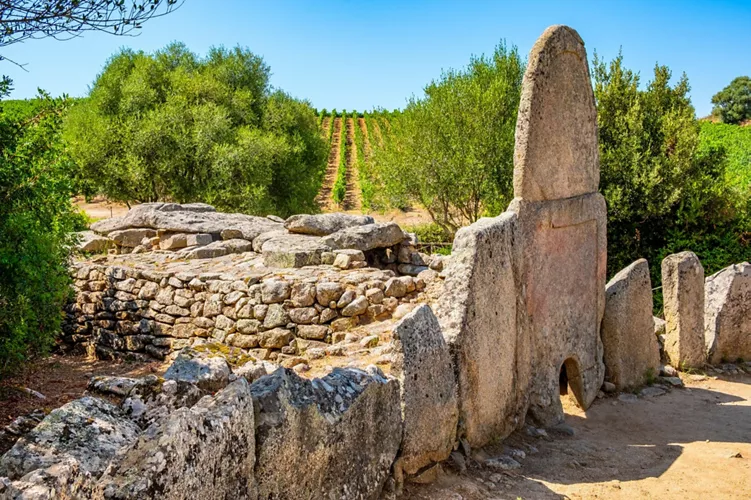
Our cultural Grand Tour ends in Sardinia, cradle of a millennial, mysterious civilization: the Nuragic civilization. The best place to get to know it is the Archaeological Park of Su Nuraxi, a settlement dating back to the XVI-XIV century BC in the area of Barumini, in southern Sardinia, protected by UNESCO. Another interesting archaeological site is Tharros, on the Oristano coast: a city with Phoenician origin, today it is an open-air museum overlooking the sea with remains of a Nuragic village and of the Roman period. A little further north is the Nuragic Sanctuary of Santa Cristina, and the Nuraghe Losa, one of the best kept local prehistoric buildings. A fascinating cultural stopover is also the city of Oristano: the historical center comprises of fortifications, towers, palaces and valuable religious sites, like Torre di San Cristoforo, the Cathedral of Santa Maria Assunta and the Antiquarium Arborense Museum.

